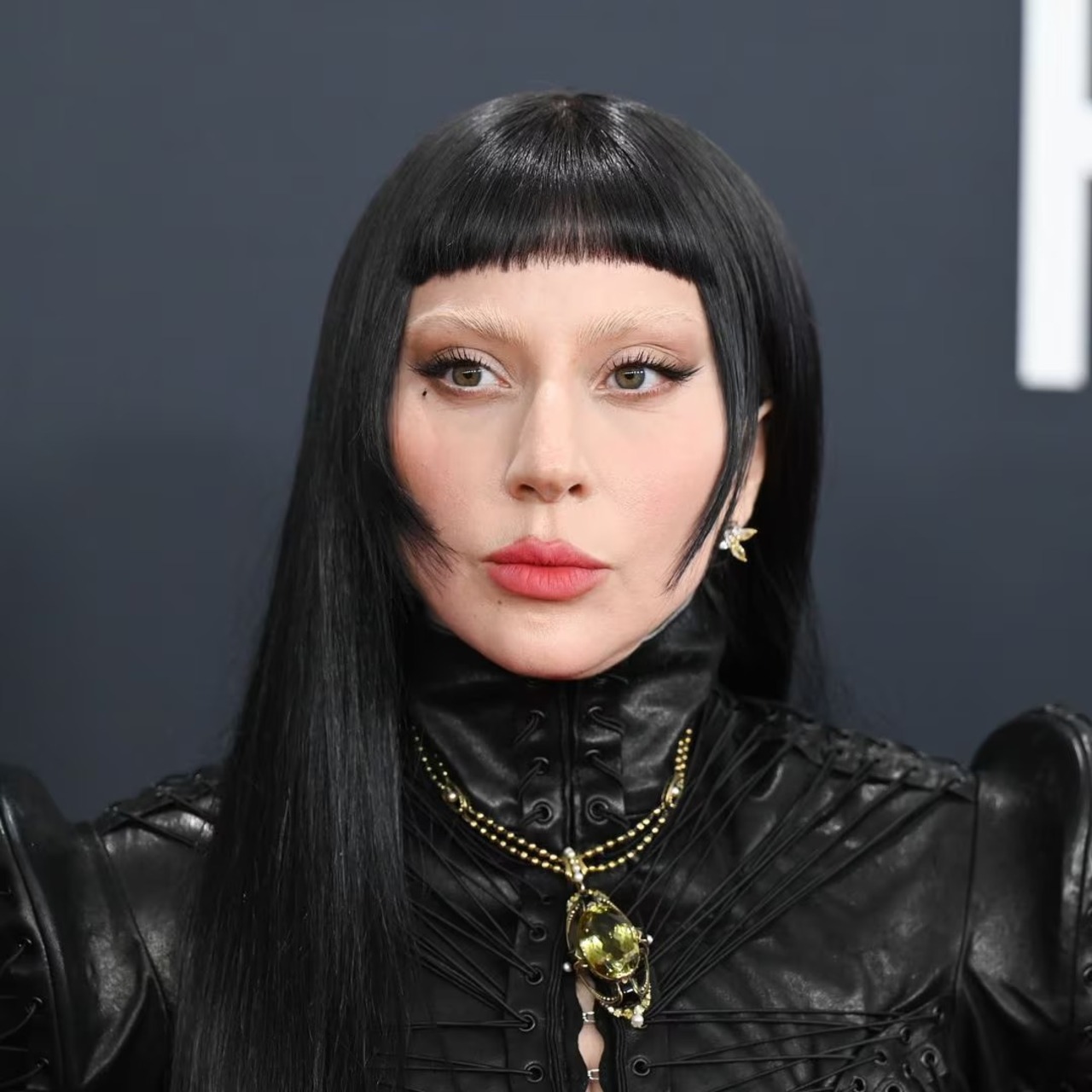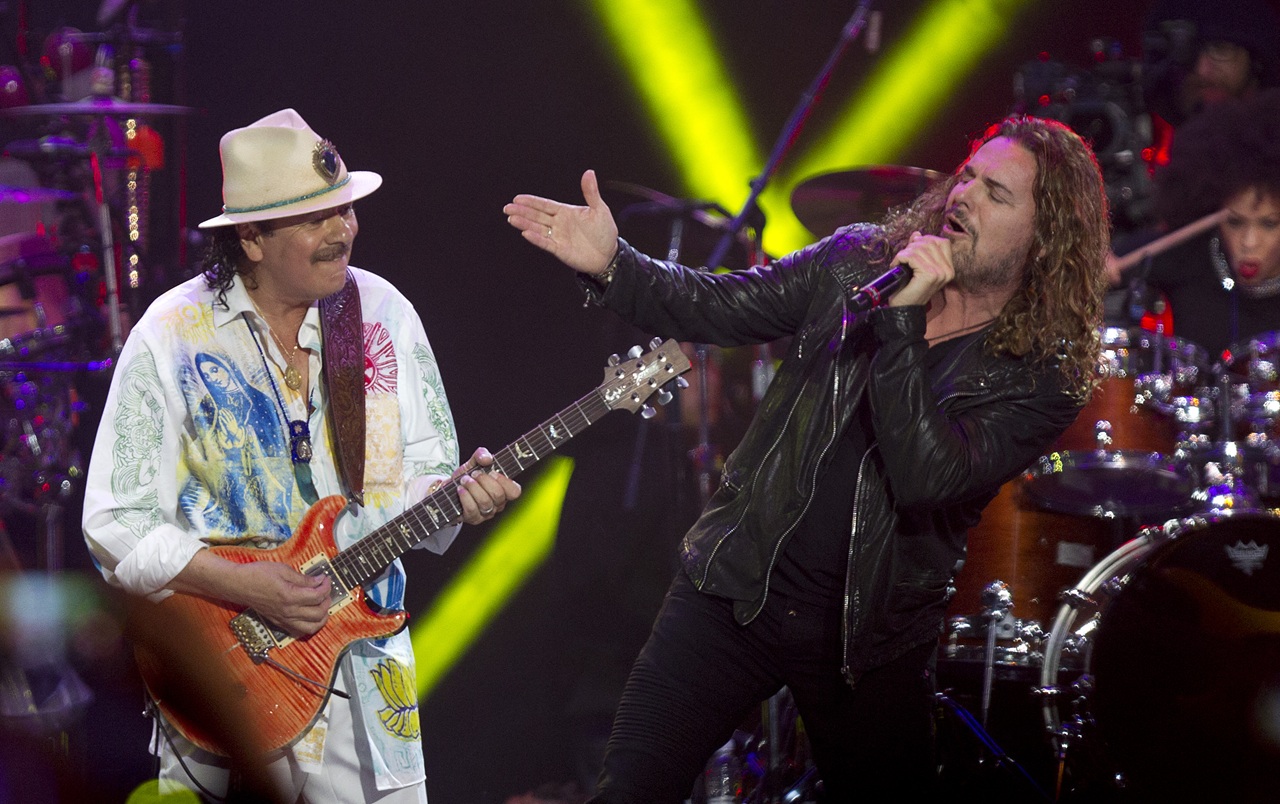
Bringing 'South American sounds' to the Philadelphia Orchestra and beyond
Conductor Miguel Harth-Bedoya brings his passion for fusing musical traditions from South America to the Philadelphia Orchestra for a special program Oct. 4-6.
Peruvian conductor Miguel Harth-Bedoya doesn’t see a distinction between the oldest melodies, folk music and traditions of the Inca empire, passed down through the centuries, and a famed Beethoven symphony that is more often associated with the term “classical music.” It is a term which, in Harth-Bedoya’s view, is misused all too often.
“There’s this big distinction within music itself, music that has been written down fully, and music that has been passed by oral tradition. In South America, there has been a rich oral tradition for thousands of years, since civilization existed,” said the conductor, who prefers the term "concert music" to classical music when discussing music played by a symphony orchestra. “So composers throughout time, and now this goes everywhere in the world, have incorporated either melodies, tunes, sounds, rhythms, that they heard [and] were not written.”
“The same thing has happened in South America except that we know very little of it because we concentrate mainly on Western or Central European music, maybe Eastern European music, music from North America, so very little has been done to a great extent for the music in South America,” he added.
To this end, Harth-Bedoya and the Philadelphia Orchestra are putting on a special “South American Sounds” program this weekend, Oct. 4-6, at the Kimmel Center. Harth-Bedoya, who studied at the Curtis Institute of Music in Philadelphia, said that his return to the city is a homecoming of sorts, as he often returns to the Curtis Institute of Music to speak with students when he has a program with the Philadelphia Orchestra.
The program features both classical and traditional South American music, as well as the current generation of South American composers like Jimmy López of Peru, whose piece "Perú Negro" is featured in the program alongside two works by Argentinian composers Alberto Ginastera and Astor Piazzolla. The program kicks off with George Gershwin’s "Cuba Overture," which was “inspired” by Latin American traditions, said the conductor.
Harth-Bedoya noted that the diversity of nationalities and musical instruments represented in the program “is really connecting worlds and countries and continents, north and south.”
Though the conductor said that, statistically, he does not know if the number of Latino and/or Latin American composers and musicians has increased throughout the concert music world, he observed that he has seen the growth of symphonies and orchestra music in Latin America thanks to the growth of the economies and increased political stability in many of the countries in the region.
Harth-Bedoya noted that innovative programs like the famous El Sistema in Venezuela have also helped spur interest and “created a large group of musicians and people that may not be professional musicians but are interested in music one way or another.”
Pieces like "Perú negro," said Harth-Bedoya, exemplify the ways in which the interaction between what is considered traditional, Central European “concert music” and instruments from other musical traditions enriches and serves to transform the very definition of what a symphony is and can be. The composition utilizes instruments that were invented by slaves during the colonial period in Peru that are now known as the cajón, and have now also been incorporated into flamenco.
RELATED CONTENT
“But that’s the proven instrument that has no notation. So this composer incorporates these three instruments that never belonged to a symphony orchestra and now suddenly change the sound and feel of what a symphony orchestra sounds like,” he said.
“It’s like cooking with a different spice," the conductor continued. "Suddenly you discover that a little bit of this will change the whole aroma or the whole taste of a particular dish that may always have been the same before."
Through these efforts to “bring old and new or popular and concert music together,” Harth-Bedoya said, the music played by the symphony orchestra “actually becomes a living experience.”
Off-stage, Harth-Bedoya has done a considerable amount of work to recognize, preserve, and cultivate musical traditions of the Americas through the nonprofit he founded, Caminos del Inka. The promotion of incorporating all sorts of classical traditions into concert music is one that the conductor said most concert music professionals readily embrace.
“The music speaks for itself,” said Harth-Bedoya. “It could be that it’s hard because none of this music is just simple and easy, but once you get going everybody gets into it, and loves it.”
“That’s why the power of music is unmeasurable," he said.











LEAVE A COMMENT: